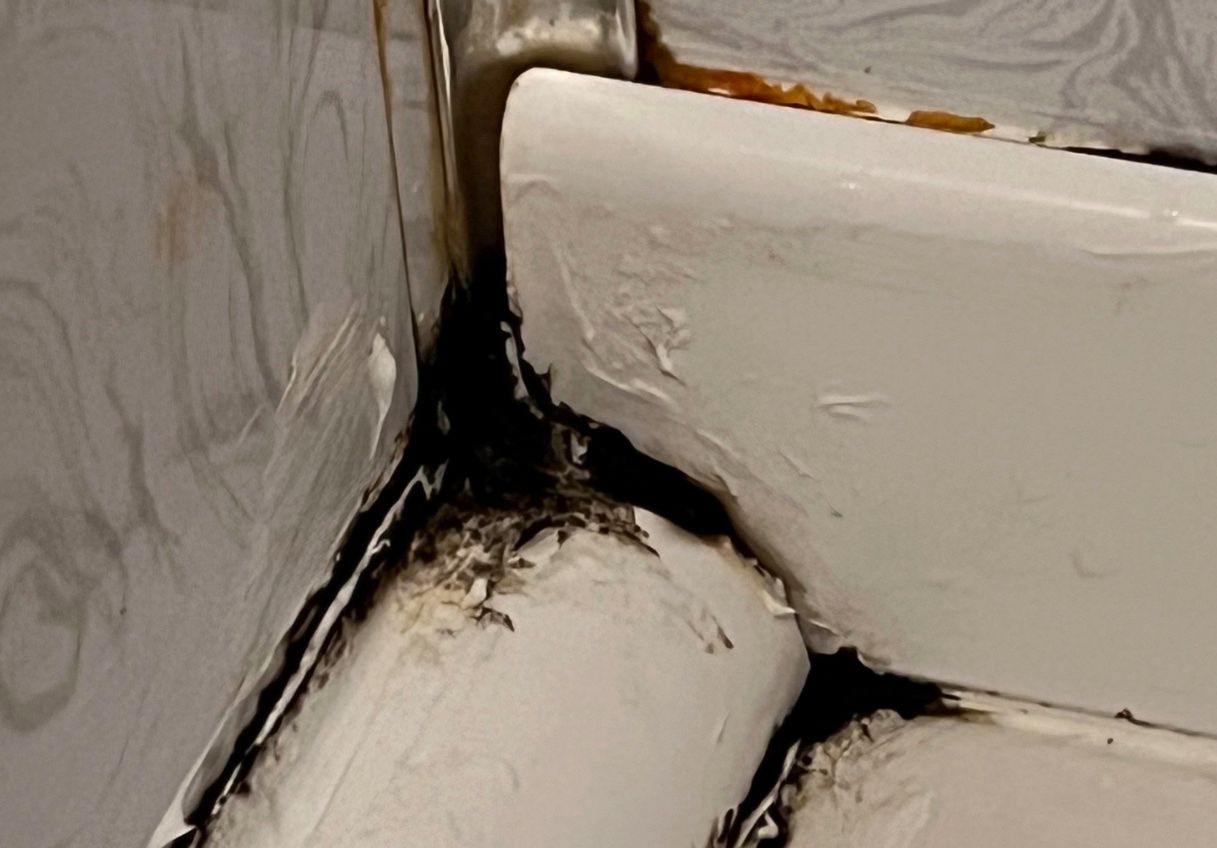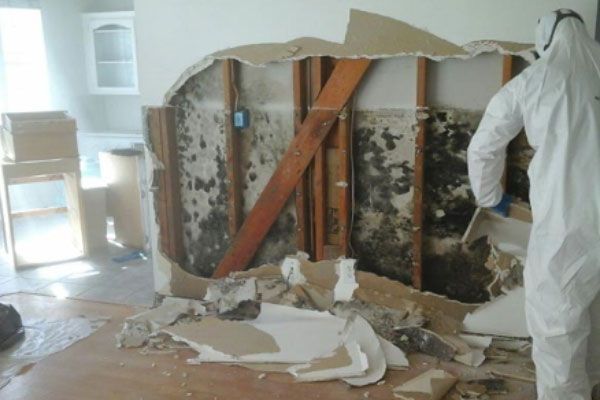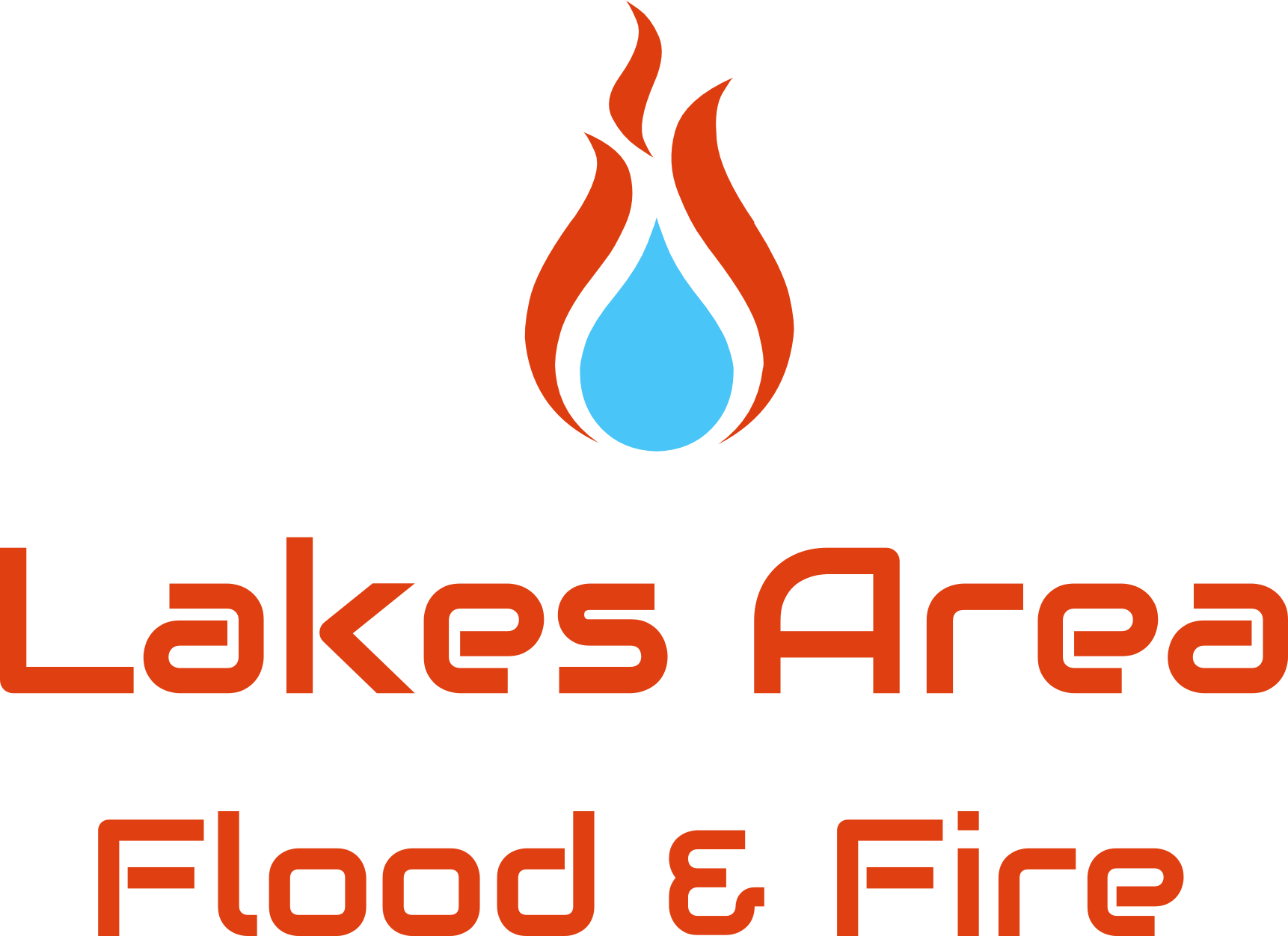Mold & Moisture
in Homes
Mold is a type of fungus that is present in our natural environment.
Mold spores, which are tiny, microscopic 'seeds', can be found virtually everywhere, including in homes, and are a part of the general dust found in homes. These spores can grow on building materials and furnishings if conditions are correct. Excess moisture is the critical factor in any indoor mold problem.
Mold growth should not be tolerated in our homes. Eventually, the moisture and mold will damage what it is growing on, which may include both the building materials and personal belongings. The key to preventing mold growth is to prevent moisture problems.
Mold only needs a few simple things to grow and multiply: Moisture and Nutrients (food). Of these, controlling excess moisture is the key to preventing and stopping indoor mold growth.
What are the Health Concerns?
Health effects from exposure to mold can vary greatly depending on the person and the amount of mold in their home. The type of health symptoms that may occur include coughing, wheezing, nasal and throat conditions. People with asthma or allergies who are sensitive to mold may notice their asthma or allergy symptoms worsen.
Individuals with a severely weakened immune system who are exposed to moldy environments are at risk of developing serious fungal respiratory infections. MDH recommends that people consult a medical professional if they are concerned about the effects of a moldy environment on their health. For more info, visit this YouTube video: When Mold is a problem in the home.
Are the Risks Greater for Some People?
There is wide variability in how different people are affected by mold exposures. However, the long term presence of indoor mold growth may eventually become unhealthy for anyone.
The following types of people may be affected more severely and sooner than others:
- infants and children,
- elderly people,
- individuals with respiratory conditions
- persons having severely weakened immune systems (for example, people with HIV infection, chemotherapy patients, organ transplant recipients)
- special health concerns should consult a medical professional if they feel their health is affected by indoor mold.
Are Some Molds More Hazardous Than Others?
Some types of mold can produce chemical compounds called mycotoxins although they do not always do so. In some circumstances, the toxins produced by indoor mold may cause health problems.
Many, if not most, molds can produce potentially harmful substances, whether it's allergens, mycotoxins, or other compounds. Hence, all indoor mold growth should be removed promptly, no matter what type(s) of mold is present or whether it can produce toxins. Another video for your perusal: What is mold? Who's affected? A quick guide to the dangers of mold in your home. 9 Signs You Have Mold In Your Home
How Do I Tell If I Have a Mold Problem?
The most practical way to find a mold problem is by using your eyes to look for mold growth and by using your nose to locate the source of a suspicious odor. If you see mold or if there is an earthy or musty smell, you should assume a mold problem exists. Other clues are signs of excess moisture or the worsening of allergy-like symptoms. This video may help as well: 10 Warning Signs of Mold Toxicity in Your Home - Black Mold Symptoms (youtube.com)
The Department of Health does not recommend testing for mold. If you can visibly see mold or smell mold you may assume there is a mold problem. Air testing should never take place of a visual inspection as a visual inspection will help locate moisture issues that may contribute to mold growth. A visual survey and air testing may be recommended post remediation to verify a successful remediation project.
Sometimes mold growth is hidden and difficult to locate. In such cases, carefully conducted sampling may help determine the location of contamination. However, mold testing is rarely useful for trying to answer questions about health concerns. For more information, see MDH's "Testing for Mold " Fact Sheet. The Link: https://www.health.state.mn.us/communities/environment/air/mold/moldtest.html
To keep indoor surfaces as dry as possible, try to maintain the home's relative humidity between 20-40 percent in the Winter and less than 60 percent the rest of the year. You can purchase devices to measure relative humidity at some home supply stores. Ventilation, air circulation near cold surfaces, dehumidification, and efforts to minimize the production of moisture in the home are all very important in controlling high humidity that frequently causes mold growth in our cold climate.
Rebuilding and refurnishing must wait until all affected materials have dried completely. It may take several days or weeks for building materials to fully dry and return to prior moisture conditions. A moisture meter may help measure drying progress.
Aspergillus 1: Video...........................................................................Orange Planet..................................................................................................................
https://www.youtube.com/watch?v=sbaWbiFt_Go https://www.youtube.com/watch?v=VX5kw_PIBuc
Short Videos: 3 Symptoms of Mold in the Home and The Moldiest House in the World! PLUS Mold Time Lapse Video.




